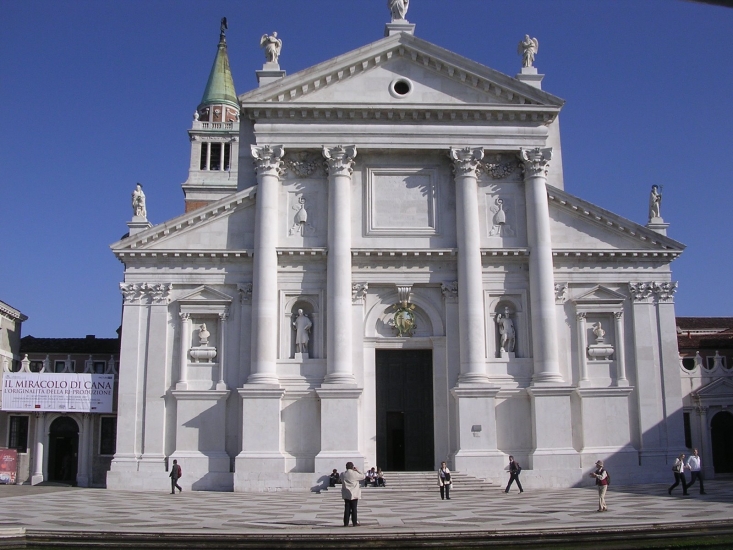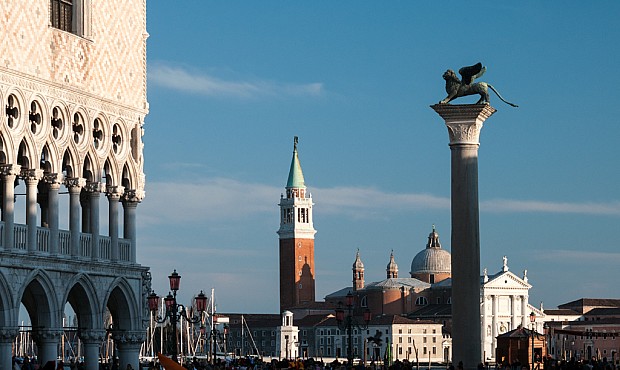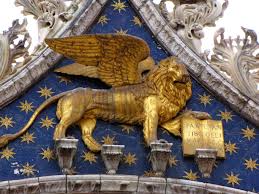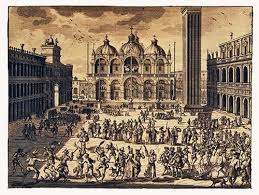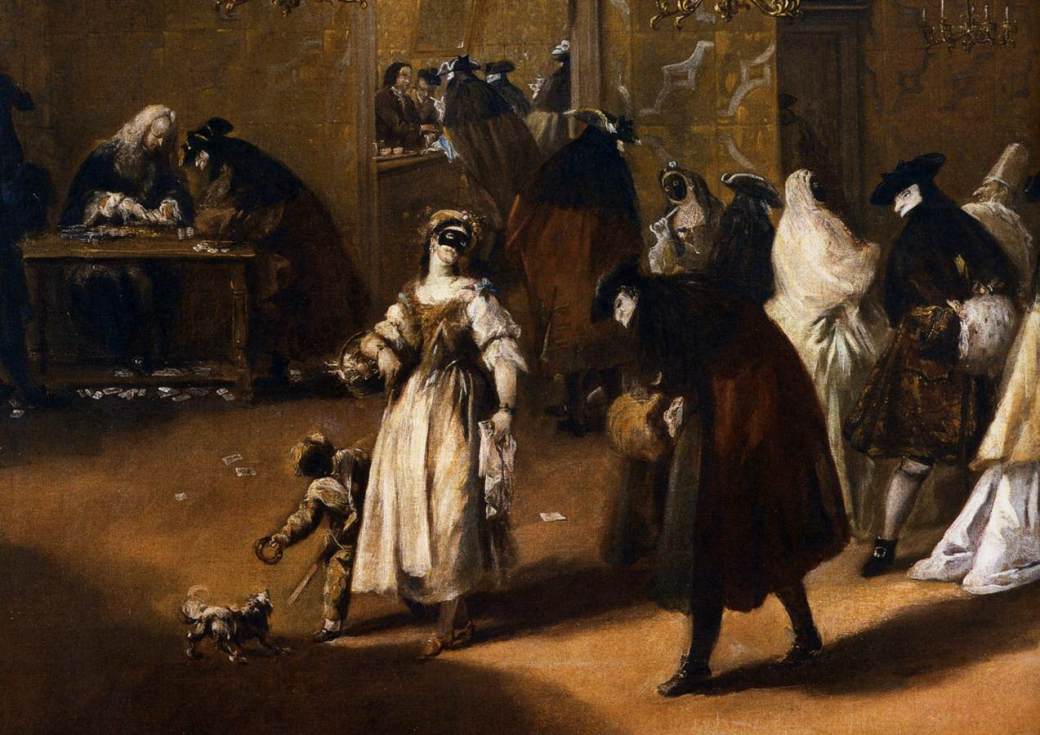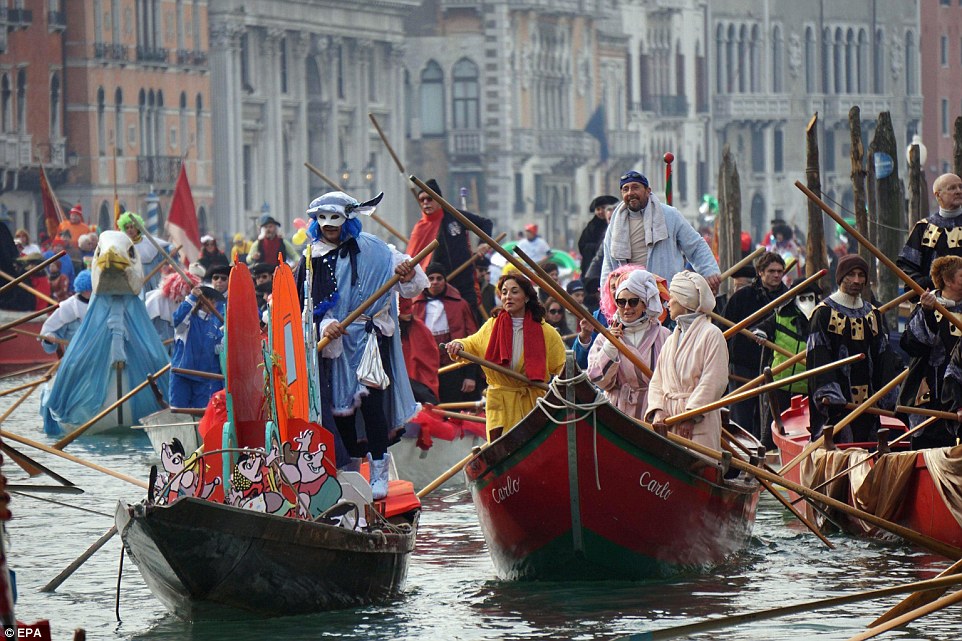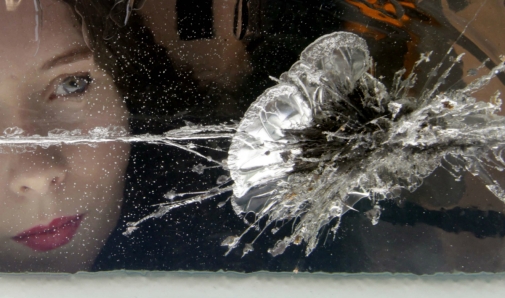
After being hosted in Dublin, London, Bangalore and Melbourne, Science Gallery lands in our country. Not only a classic-style museum, but a different hub where science, art and technology work together inspiring young people.
The Venice-based gallery, which is part of the acclaimed Global Science Gallery Network, is opening in 2019 and it will be embedded in the Ca’ Foscari University. Science Gallery Venice will be located in the North Adriatic Sea Port Authority area, near San Basilio, opened to innovative and strategic activities involving universities and research centers. Science Gallery will have a 700 square meters exposition area. Talking to Wired Andrea Bandelli, executive director of Science Gallery International, said: “For the city of Venice Science Gallery is an interface between the city and the university. Where are in the best place in Italy to make something out the traditional schemes”.

Why Venice is the perfect place to host Science Gallery
Venice is a city where history reigns, but it is not a place nostalgic of the past. In the city on the Laguna, past, present and future are constantly intertwined. The historical references that everyone can find almost in every building are not limited to the arts but also include technology and manufactoring. Moreover, Venice a city of merchants, of encounters between different cultures that began to dialogue here centuries ago.
Why Science Gallery is different
There are many factors making Science Gallery a thing never seen before. For example, there won’t be permanent collections but the nub will display ever changing programs. Every exposition will last for three months, created by a crowdsourcing after the publication of a tender notice for researchers and artists. 25 pieces of work (conceptual works, scientific experiments, virtual reality…) will be brought together to create something new.
Being focused on young adults, Science Gallery will facilitate creative interdisciplinary dialogue bringing an innovative approach of engagement. All this in order to facilitate the comprehension of the future: the ultimate goal of the Science Gallery, in fact, is to display emerging ideas from artists, scientists and everyone in between.

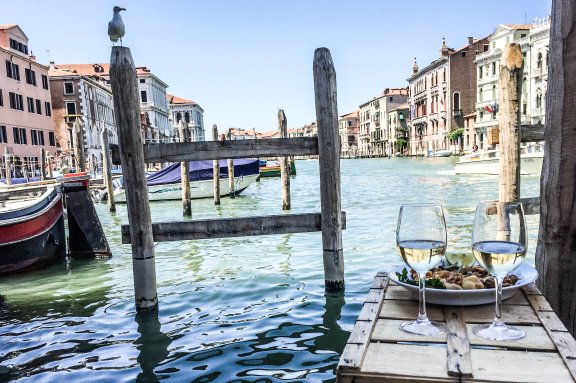
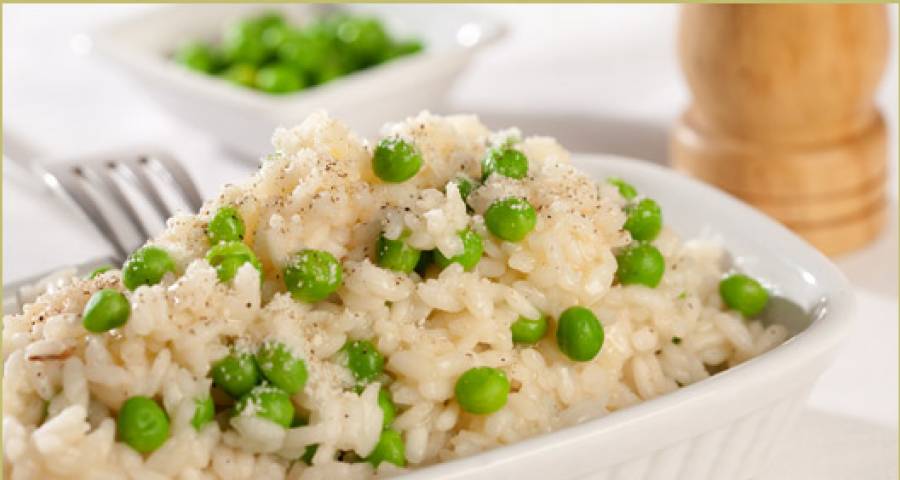
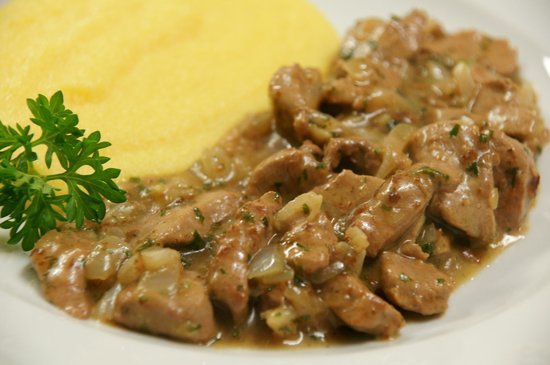
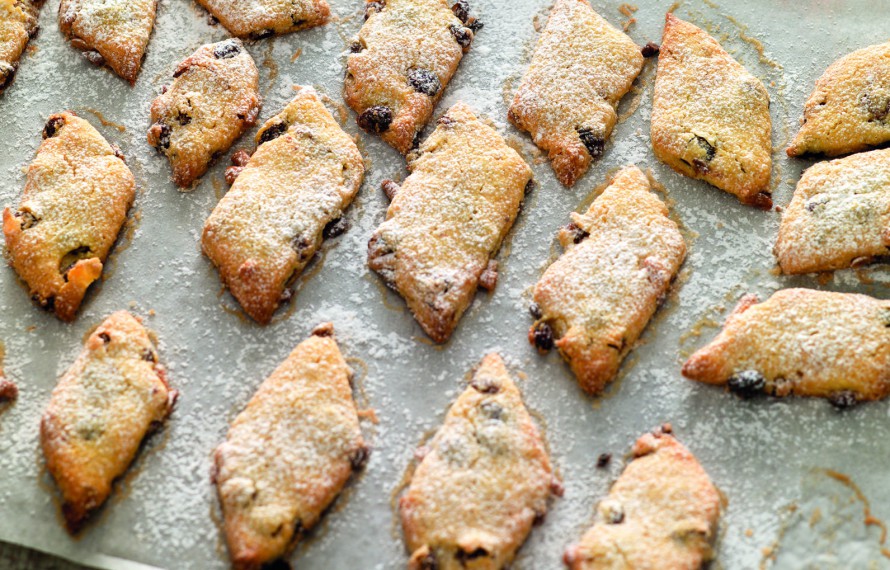
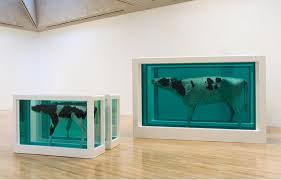
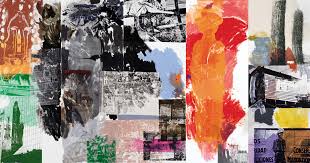
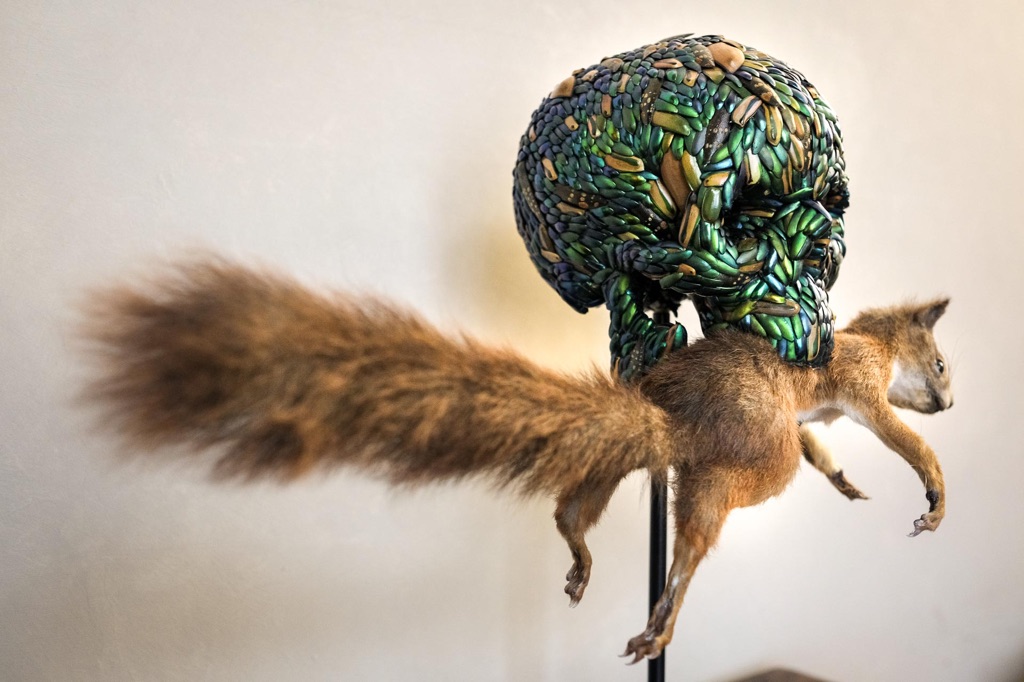
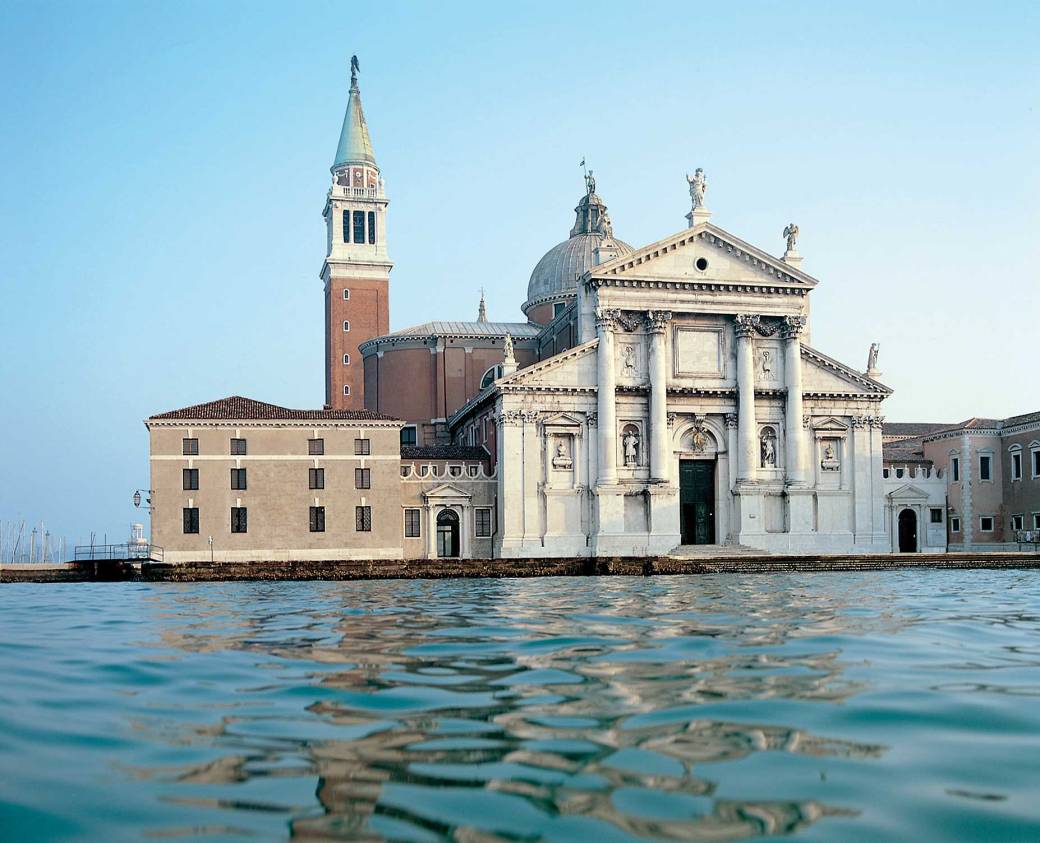 The Island of San Giorgio Maggiore is placed in the middle of the Venetian Lagoon, just in front of St. Mark Basin, only 400 metres from the city and few from the island of Giudecca. Back to the time of the first doges, it was called “Isola dei cipressi” (island of cypresses) and was poorly populated, mostly by workers of the local salt mine and mill.
The Island of San Giorgio Maggiore is placed in the middle of the Venetian Lagoon, just in front of St. Mark Basin, only 400 metres from the city and few from the island of Giudecca. Back to the time of the first doges, it was called “Isola dei cipressi” (island of cypresses) and was poorly populated, mostly by workers of the local salt mine and mill.